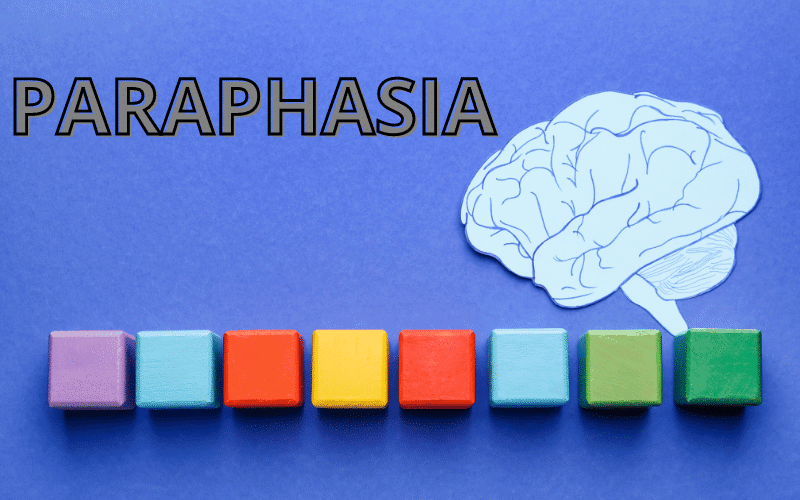Symptom 4. Phonemic Paraphasias: When Speech Sounds Go Astray

Phonemic paraphasia is a unique symptom of conduction aphasia where speech sounds go awry. It’s like listening to a familiar song played on a piano with some keys out of tune. The melody is recognizable, but the discordant notes bring a jarring effect.
People experiencing phonemic paraphasias might substitute one sound for another (“television” becoming “kelevision”), add extra sounds (“cup” turning into “cupep”), or even omit sounds (“table” reducing to “tab”). It’s as if their language compass is slightly skewed, leading them down the wrong phonetic path.
The remarkable aspect of this symptom is the close, but incorrect, approximation of the intended word. The words often maintain a semblance of the original word, leading to what’s known as ‘near-misses.’ It’s like taking a shot at a goal and hitting the post; the miss is close, almost too close.
Despite these errors, the rhythm and flow of speech remain intact, often making these errors easy to overlook for casual listeners. It’s akin to a dancer missing a few steps but maintaining the overall rhythm, managing to stay in sync with the music.
Phonemic paraphasias highlight the intricate processes behind our ability to speak. These mishaps in sound production remind us that speaking, a task we often take for granted, is the result of a delicate balance and precise coordination of various cognitive functions. When this balance is disrupted, as in conduction aphasia, the impacts ripple through our speech in the form of these fascinating errors. (4)